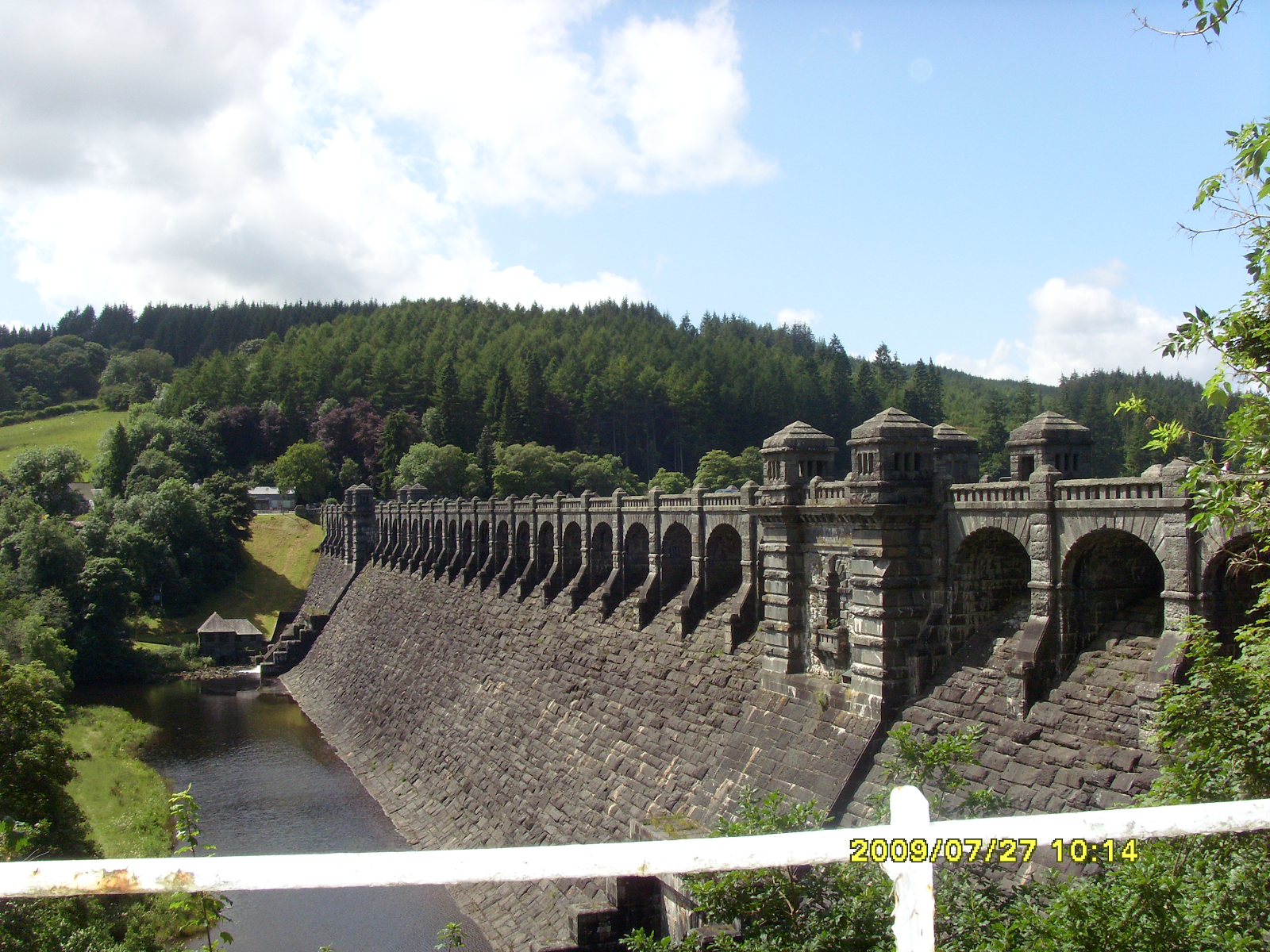BUILDINGS STONE
CONSTRUCTION MATERIAL
Define: The materials which is used for the construction work in its original form or in modified form is known as construction material. It may also be termed as building material or civil engineering materials . selection of suitable materials for a particular work ,entirely depends upon the properties of material. Specific properties of building materials serve as a basis for sub dividing them into different group So, a civil engineer should have a through knowledge about all the construction materials so that the optimum utilization of the materials is possible which results the most economics and safe structure. in this blog , we will study about the different building materials like cement,lime,marble,plastics,metal,timber,paint,glass etc. in details First of all we will study about the buildings stones.
Also Read: Effects of Blasting on Environment
STONE
Stone is the oldest materials of the constructions industry .from the ancient times, it has been used as buildings materials at different construction sites in India as well as in other parts of the world. stone is found in nature in many forms. stone depends upon the requirement of the structure and availability of the varieties of stone. So, to select building stone for p[articular work a sound knowledges of different varieties of stone essential.
CLASSIFICATION OF ROCKS
Stones are obtained from the rocks . so the properties of stone depend upon the parents rock .
followings are the rocks classification:
⦁ GEOLOGICAL CLASSIFICATIONS
⦁ PHYSICAL CLASSIFICATIONS
⦁ CHEMICAL CLASSIFICATIONS
Classification Geological of Rocks
This types of classification is based on the mode of formation of rock. That is, how the parent rock of the stone comes into existence. In this classification, three types of rock are identified.
a. Igneous rocks
b. Sedimentary rocks
c. Metamorphic rocks
1. IGNEOUS ROCK: The name igneous related to word 'ignite' means (fire). Avery hot and molten material found deep below the earth is known as magma. Due to high temperature and pressure , this material i.e magma also known as molten lava is viscous form. when due to some reason , this magma gets some cooling effects, its start solidify resulting the igneous rocks. so the rocks which is formed due to the solidification of molten lava or magma is known as Igneous rocks.
The igneous rocks may be further classification
⦁Volcanic Rocks
⦁ Platonic Rocks
⦁ Hyperbola Rocks
Basalt, Granite, Syenite , Dole rite Are Examples of igneous Rocks.
2. SEDIMENTARY ROCKS : Sedimentary rocks are formed by the solidification of various disintegrated materials like sand, pebbles , rocks , dead sea organisms etc. The various weathering agencies like wind , sun ,rain ,water, frost etc are responsible for disintegration of materials and Transportation of these to a particular low lying places. Under the process of compression and compaction these deposited materials are converted into a hard mass known as sedimentary Rocks. Sedimentary rocks shows different layers in their structure because of continuous depositions of materials layer by layer. Each layer of sedimentary rocks may have different composition, color, thickness , structure etc examples are Gypsum, Sandstone, Limestone , Shale etc.
Also Read: Different types of scaffolding
3. METAMORPHIC ROCKS : Some times due to earth movements , temperature changes, chemically acting fluids , pressure , heat , the igneous rocks rocks are sedimentary rocks may undergo considerable changes . These changes may be in shape, structure , colour , and sometimes , even in their mineral composition . The process of change in structure due to this forces is known as metamorphism. One point here to be noted that the weathering action and sedimentary action are not included in metamorphism. The nature of the metamorphic rocks depends upon the action causing metamorphism.
It is clear that metamorphism rocks are originally either igneous or sedimentary rocks For Examples, Marble (a metamorphic rock) is metamorphosed form of lime stone ( a sedimentary rocks). the changes that take places Durring metamorphisms is in solid state .
Marble, Quartzite, Slates, Serpentine, Gneiss are examples of Metamorphic Rocks
Also Read:





No comments